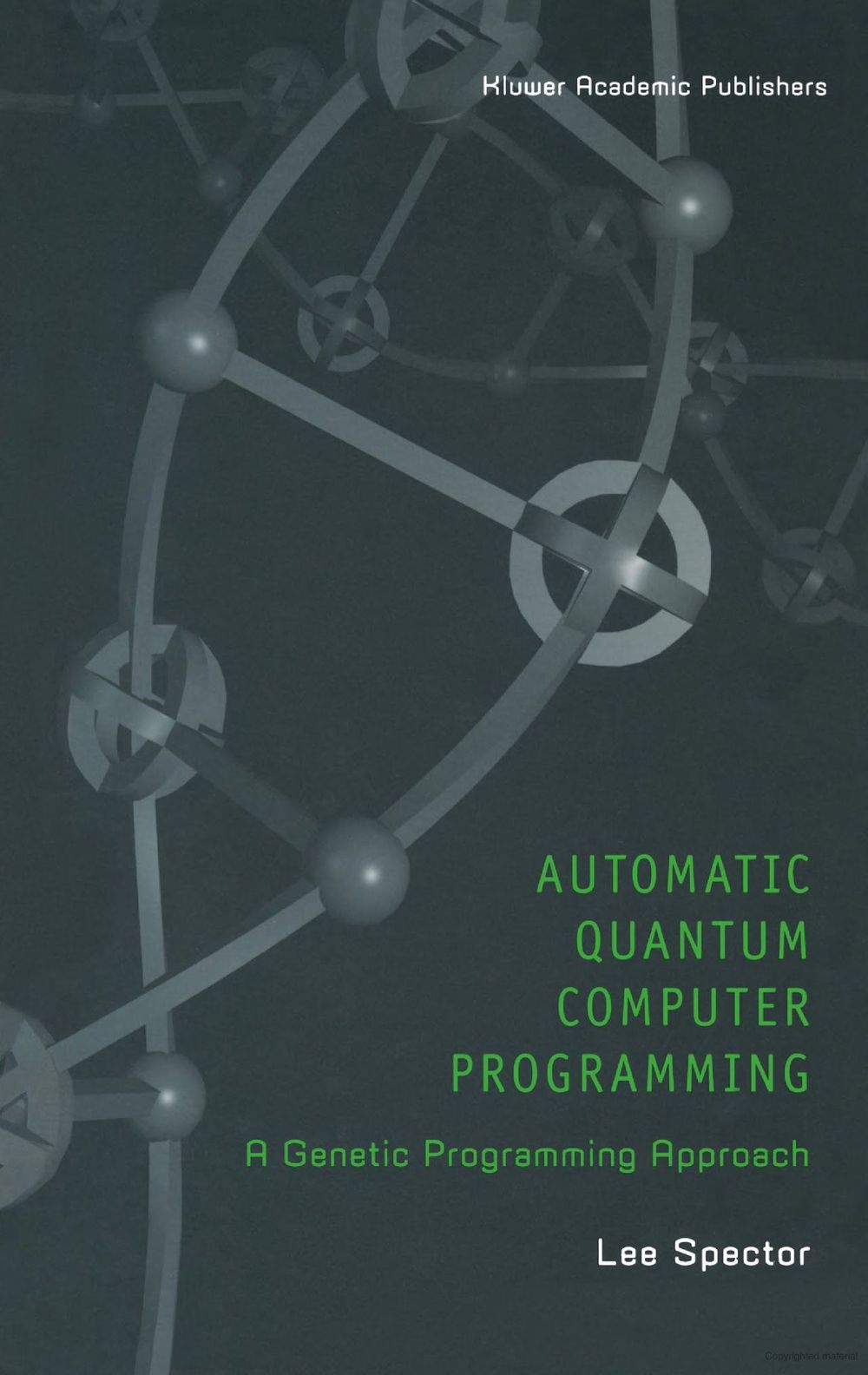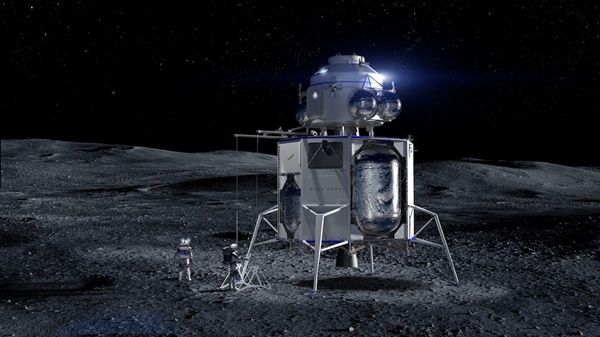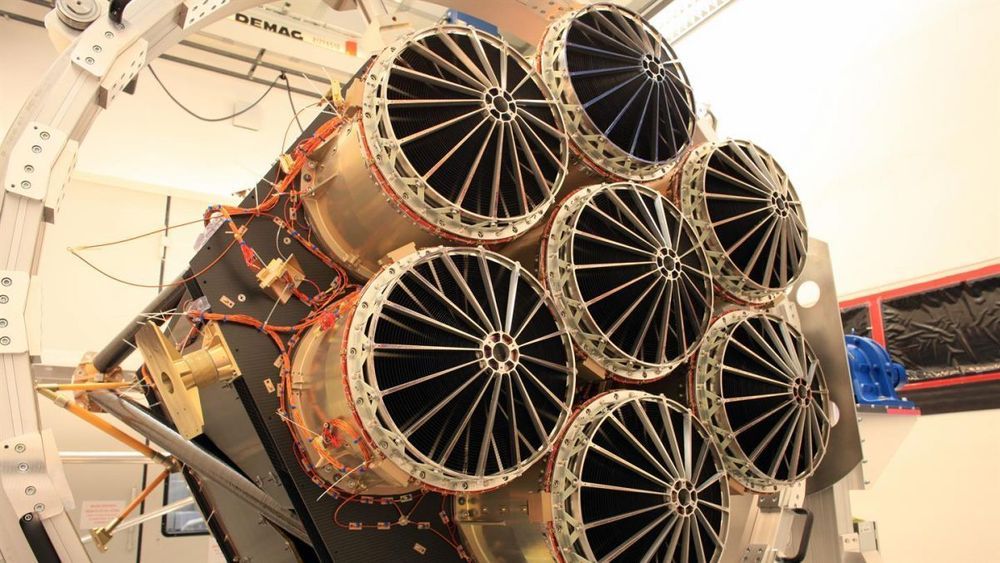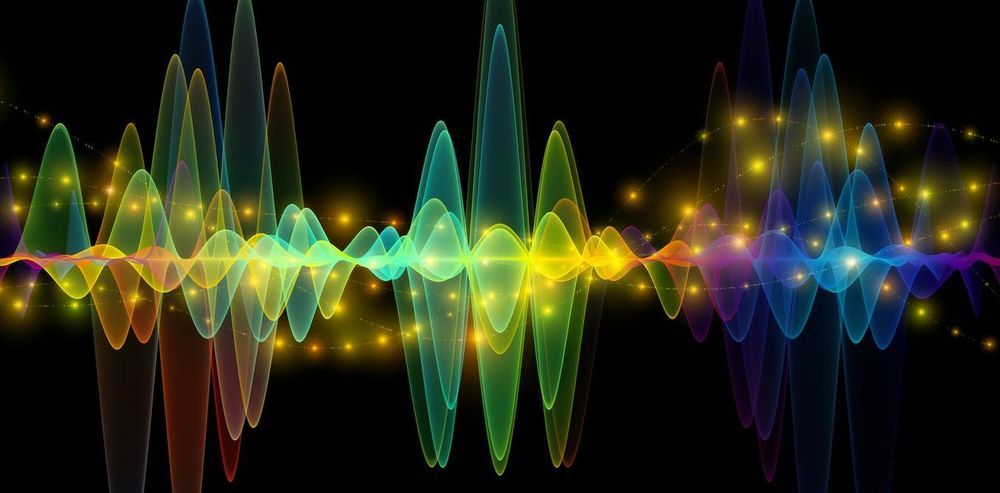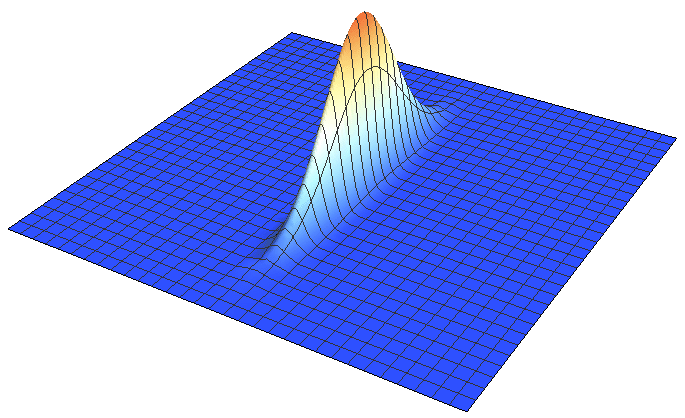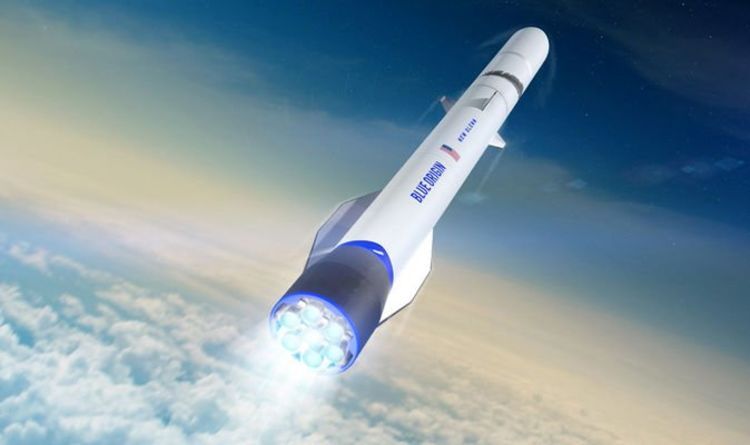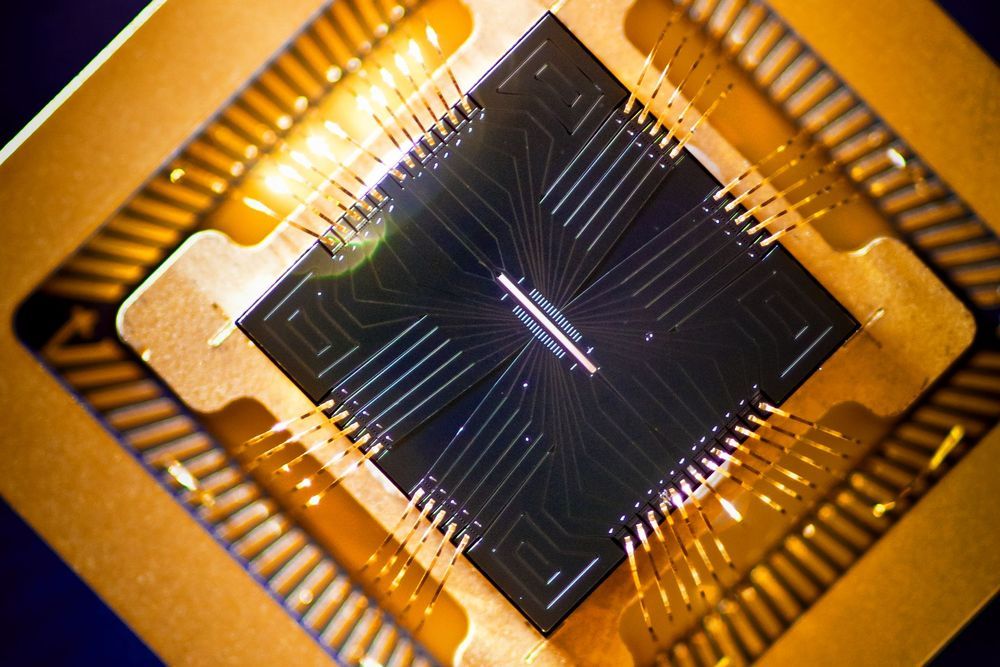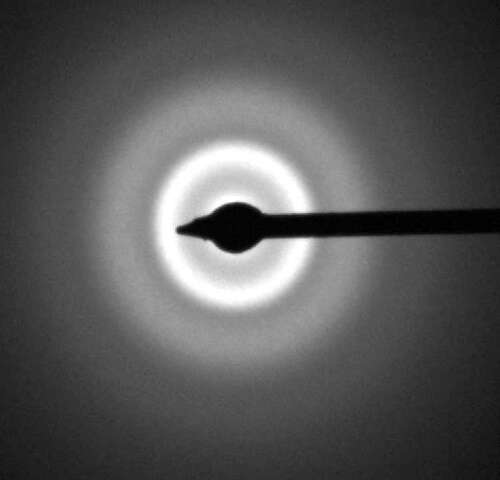Jun 22, 2019
Automatic Quantum Computer Programming: A Genetic Programming Approach
Posted by Quinn Sena in categories: computing, genetics, quantum physics
Provides an introduction to quantum computing for non-physicists, as well as an introduction to genetic programming for non-computer-scientists. The book explores several ways in which genetic programming can support automatic quantum computer programming and presents detailed descriptions of specific techniques, along with several examples of their human-competitive performance on specific problems. Source code for the author’s QGAME quantum computer simulator is included as an appendix, and pointers to additional online resources furnish the reader with an array of tools for automatic quantum computer programming.
